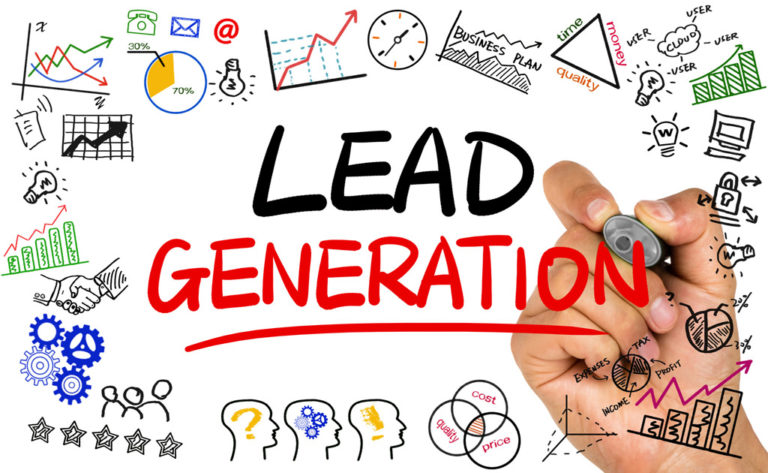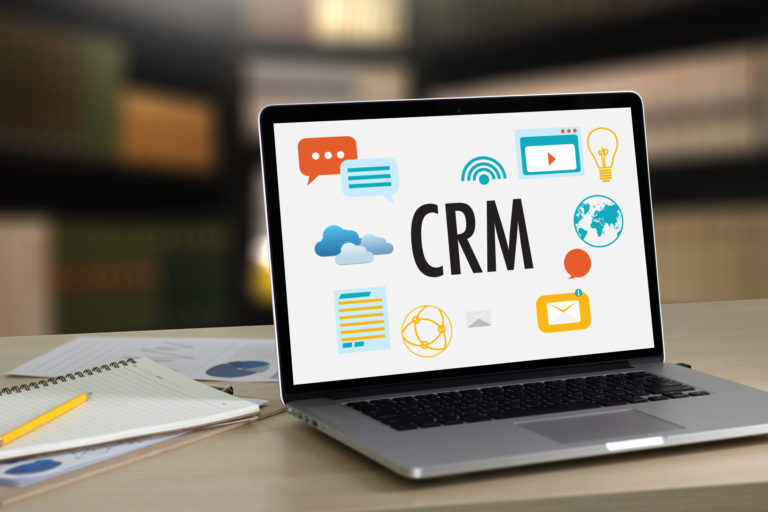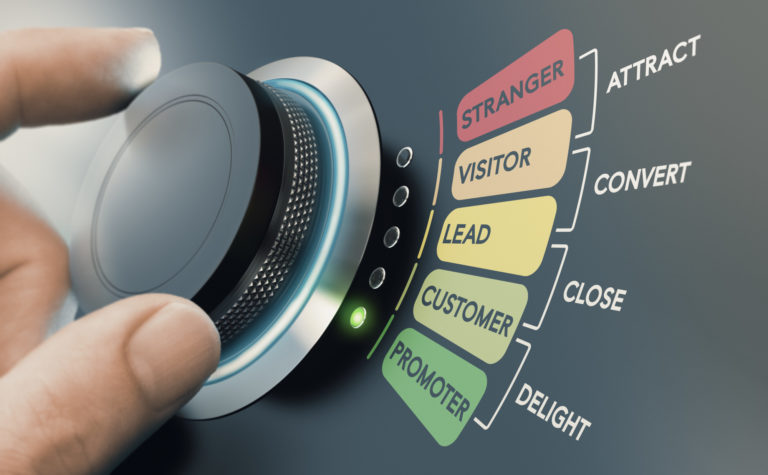How Marketing Lead Generation and Automation Go Hand-in-Hand
Marketing automation is one of the most powerful tools that marketing and sales departments can use to generate new leads.
In fact, according to Annuitas Group, using marketing automation can increase qualified leads by 450% or more!
Automation can play a significant role in aligning your sales and marketing departments. This eventually leads to more revenue for your business.
In this article, we’ll cover all of the benefits that automation can do for marketing lead generation and how to start implementing it in your business today.
Why Marketing Automation Is So Important
Marketing through digital content is a constantly-evolving beast that changes incredibly rapidly.
For example, the pandemic has completely changed people’s habits in digital consumption. Digital streaming services flourished and all-new avenues for marketing were created. People began shopping, taking classes, and communicating through their devices, leaving huge opportunities for marketers.
However, generating leads through so many different platforms can be chaotic and unorganized. Effectively making use of email marketing, content marketing, social media marketing, SEO, lead generation campaigns, and landing pages often requires different software.
But through automation, the lead generation process can be vastly simplified by using centralized software.
Let’s look at an example of a customer’s journey to becoming a qualified lead:
- A customer visits your website and demonstrates certain actions that show their intent to move forward (such as clicking on certain items or opting into your email list)
- You nurture the lead through an automated email campaign
- They continue to show interest by interacting with your emails
- You hand these qualified leads over to your sales team
Let’s take a look at some of the elements, tools, and methods to use automation to generate leads for your business.
Marketing Automation Elements That Generate Leads
As noted in the example earlier, there are several different elements that a customer will interact with on their journey to becoming a qualified lead and eventually a customer. Let’s take a look at a few.
Landing Pages
The customer’s journey typically begins with a landing page with information about your product, a webinar, or a free handout like a lead magnet (more on that later).
A prospect that’s interested will convert into a lead when they fill out the form you place on the website. Depending on the information you’ve asked from the prospect, you’ll have important data that you can use to run further campaigns and personalize future content.
Items such as their name and email address are the bare essentials, which will lead to the next stage.
Autoresponders and Triggered Email Sequences
Once they’ve filled out the form on your landing page, you’ll most likely send them whatever it is they signed up for, whether it’s a free webinar, an informative eBook, or a collection of audio recordings.
The most important step here is to keep the conversation going with automated email sequences that follow the “free gift” that you sent them.
For example, the first email they receive might be a “thank you” email along with the attached eBook that you promised them. A few days later, another email is automatically triggered asking them how they enjoyed the free product as well as a related article they might find useful.
The next day, they receive information about the course you offer that might be right up their alley, and so on.
Funnel Stages
It’s important to understand the different stages of the sales funnel when it comes to automated lead management. The purpose of the automation is to move them down the funnel from top to bottom.
These stages are:
- Prospect or subscriber
- Lead
- Marketing qualified lead (MQL)
- Sales qualified lead (SQL)
- Customer
These stages are important to understand, as the content they consume will be different from one another. An MQL might be sent useful information about the industry, while an SQL might already be knowledgeable about this and should be sent educational info about your products.
How to Automate the Marketing Lead Generation Process
Now that we’ve covered the importance of automation and the different parts of it, how exactly can you generate leads through automated processes? Let’s take a look.
Automating Personalization
Creating a personalized experience is key in nurturing sales leads. Once a prospect has opted-in to a sales campaign by showing their interest, you can use several tools to personalize the content that is sent to them based on their interests and needs.
For example, a prospect that joined your email list to sign up for a webinar might have different current needs than someone who is on your list that already made a purchase. They can be sent down different email campaigns that align with what they need.
Chatbots are another way to enhance the customer experience on your website. You can automate messages and replies to certain conversations to let prospects know when you’ll be available.
Lead Magnets
One powerful tool in building a list to start your marketing automation journey is the lead magnet.
A lead magnet is a free offering that prospects can sign up for in exchange for their information, like an email address. This can be a great way to show off a part of your product for free while getting the necessary info to guide future customers on a journey towards your product.
Different ideas for lead magnets include:
- eBooks
- Reports
- Free audits
- Comprehensive guides
- Educational webinars
These lead magnets not only provide people with great information and give you leads to add to your list, but it allows you to showcase your expertise in the industry.
Key Takeaways
Automation is a powerful tool for marketing lead generation. When used correctly, it can make repetitive and time-consuming tasks as easy as clicking a button.
It can help you increase your customer base by giving you more qualified leads while you sleep.
If you’re looking for a professional option that can optimize your website design, SEO, and automation to give your business more qualified leads and sales, get a proposal for our services today!





